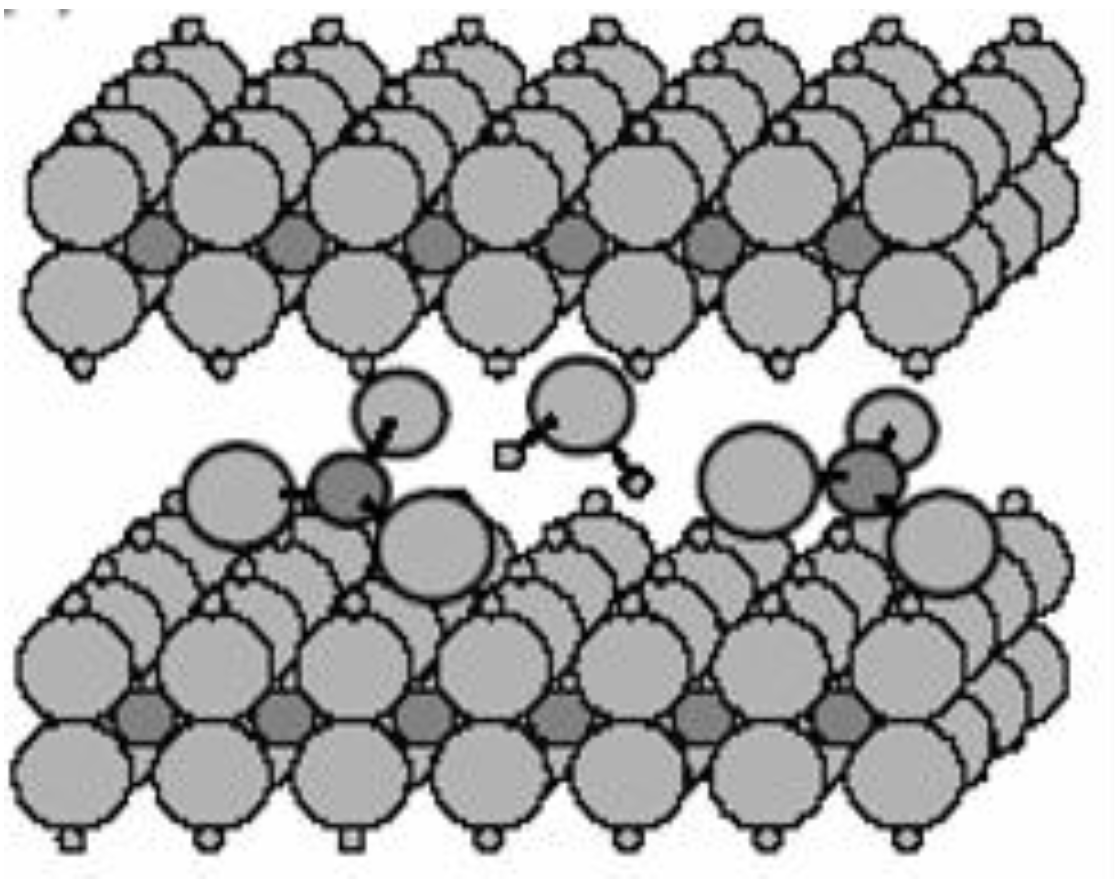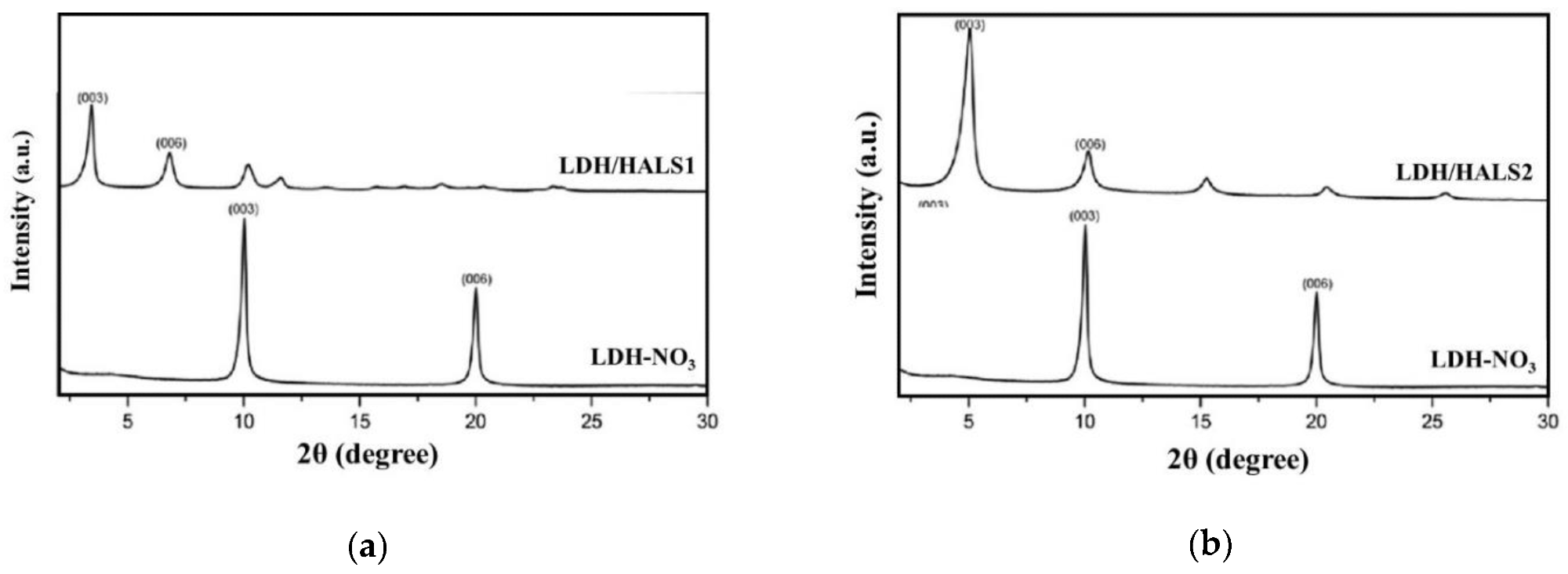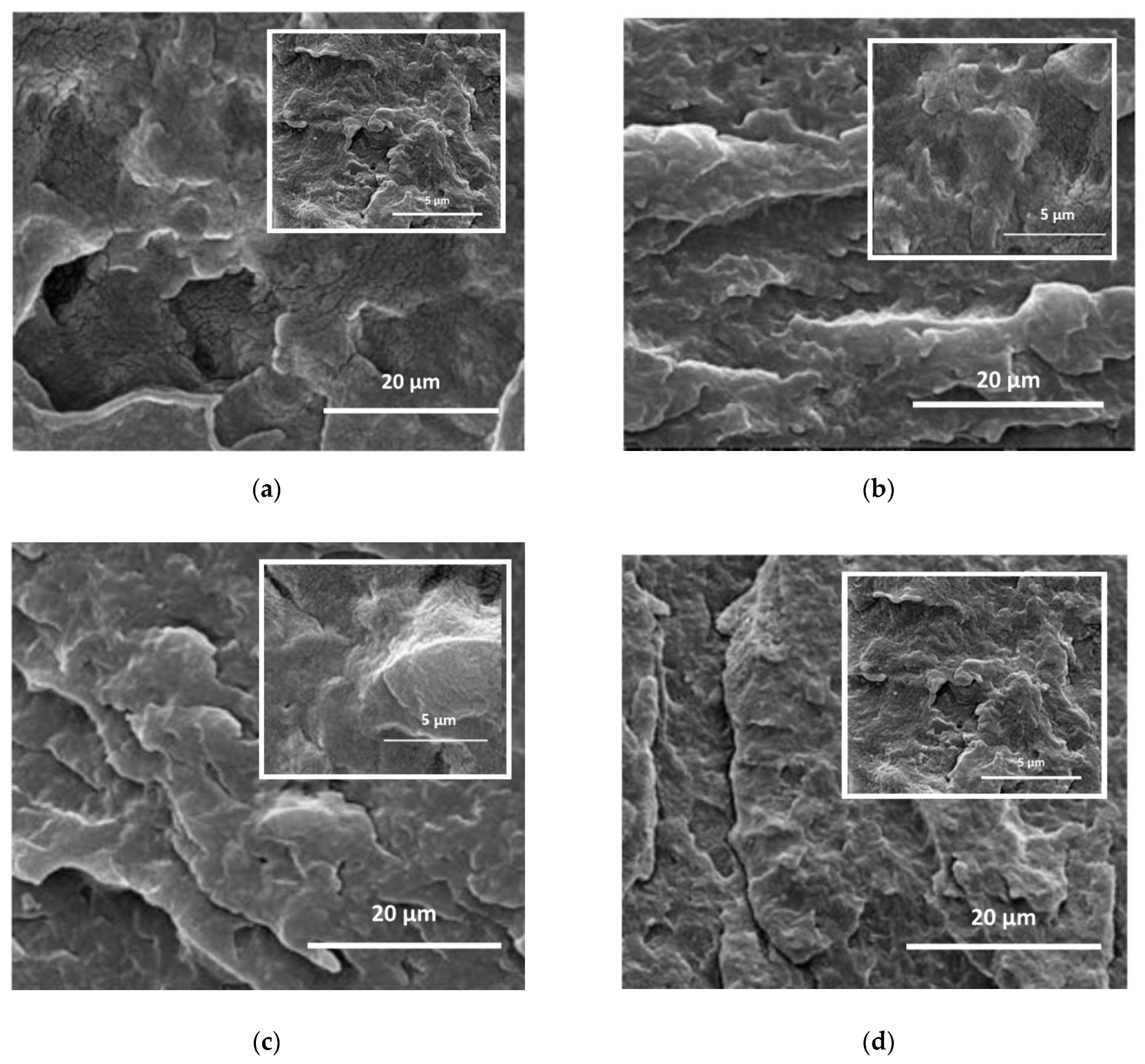Scientists from Italy have demonstrated the development of innovative photo-oxidative resistant biopolymer-based materials. Their research has been published in the journal Materials.

Study: Ecofriendly Biopolyester-Based Nanocomposite Films with Improved Photo-oxidative Resistance. Image Credit: Vink Fan/Shutterstock.com
Biopolymer-Based Nanomaterials
High-performance biopolymer-based nanocomposites have garnered intense research focus in recent years. This is due to their potential for helping industries achieve their sustainability and circularity aims. These materials also display enhanced properties and performance thanks to the inclusion of nanofillers.
Multiple nanofillers have been explored in recent research, including silica, wollastonite, carbon nanotubes, layered double hydroxides (LDHs,) metal oxides, graphene oxide, and halloysite nanotubes. Small amounts of nanofillers are added to composites, typically between 1 and 10 wt%.
Nanofillers strengthen biopolymer composite properties such as mechanical properties, flame resistance, barrier properties, and thermochemical properties. Furthermore, to improve the dispersion and compatibility of nanofillers, they undergo chemical treatment and/or organomodification.

Typical structure of nanoceramics, i.e., metal hydroxide layers and interlayer anions. Image Credit: Morici, E et al., Materials
LDHs
LDHs are pristine ceramics that possess a stacked brucite Mg(OH)2 structure wherein 2D Mg(OH)6 sheets connect via edge sharing between adjacent Mg(OH)6 octagons. A permanent cation layer charge is caused by the substitution of some M2+ ions substituted with M3+ ions. In the interlayer space, hydrogen bonding attracts water molecules and charge-balancing anions which are exchangeable.
LDHs have received widespread research attention as carriers of supramolecular heterogenous hybrid structures due to their ability to simultaneously absorb organic compounds whilst exchanging anions. However, they cannot exchange carbonate anions.
Current Challenges with Biopolymer and Polymer Nanocomposites
However, whilst there has been some highly promising research in the area of biopolymer nanocomposites, there are still some key challenges that researchers must overcome before these materials can be considered for full commercialization.
One of the fundamental issues is oxidative degradation, which is caused by the presence of nanoparticles. Photo- and thermo-oxidative degeneration occurs during both preparation and processing and over the course of the material’s service life.
Nanofillers can accelerate degradation, which limits the large-scale industrialization of biopolymer and polymer nanocomposites. Light stabilizers and antioxidants are typically added to nanocomposites to stabilize them and avoid this key issue.
Some studies have indicated that the presence of organic impurities and/or transition metal ions along with improper distribution of materials within nanoceramics such as LDHs plays a key role in degradation. Improper dispersion can lead to agglomeration within nanocomposites and the formation of aggregates. Furthermore, stabilizing particles can become trapped between ceramic layers, causing inactivation.
Another key issue is the poor thermal stability of stabilizing molecules. This can lead to volatilization at elevated temperatures, which are typical during processing. Volatilization can lead to the migration of stabilizing molecules from bulk to surface.
Two different approaches have been proposed in the current literature to overcome these issues and improve nanocomposites. The first approach utilizes chemical linkages to anchor stabilizing molecules onto polymer chains and/or particles.
The second approach immobilizes these molecules on surfaces using physical adsorption. Both approaches allow stabilizing molecules to exert influence at the particle/host matrix interface, a critical zone where degradation usually begins, and retain stabilizing functionalities.

WAXD patterns of (a) LDH-HALS1 and (b) LDH-HALS2 in comparison to the pattern of LDH-NO3. Image Credit: Morici, E et al., Materials
The Study
The authors have employed LDH as a carrier molecule for two hindered amine light stabilizers, HALS1 and 2. Melt mixing was used to introduce nanofillers into a biopolymer matrix, creating an LDH-incorporated biopolymer composite. This method allows the stabilizers to act at the matrix/inorganic article interface and exert their stabilizing properties.
Through this innovative approach, the authors were able to fabricate nanocomposite films with enhanced oxidation resistance performance. Differential scanning calorimetry, rheological analysis, and morphological analysis were employed to characterize the prepared nanocomposites. Photo-oxidative resistance was evaluated under UV light exposure.
By anchoring the stabilizers to LDH, the biopolymer nanocomposites were protected against degradation caused by UVB exposure. This is due to the ability of the stabilizing particles to act at the interface between inorganic particles and biopolymer matrix, a critical degradation zone. Both modified and unmodified LDH-based nanocomposites were prepared using melt mixing.
Analysis results demonstrated effective dispersion and distribution of the novel nanomaterials in the biopolymer matrix. Photo-oxidative degradation tests indicated that the presence of free HALS is beneficial. The anchored HALS nanocomposite displayed even better performance.

SEM images at different magnifications of (a) PA11/LDH-NO3, (b) PA11/LDH-HALS1, (c) PA11/LDH-HALS2 and (d) PA11/LDH-HALSadded. Image Credit: Morici, E et al., Materials
In Conclusion
The study has demonstrated an innovative approach to preparing eco-friendly, sustainable, high-performance biopolymer nanocomposite films which possess enhanced protection against photo-oxidative degradation.
Due to the presence of HALS1 and HALS2 at the matrix/inorganic particle interface, the prepared nanocomposites provide superior protection against photo-oxidative degradation. The novel LDH/HALS-incorporated biopolymer nanocomposite presented in the study could be considered for future industrial-scale application.
Further Reading
Morici, E et al. (2022) Ecofriendly Biopolyester-Based Nanocomposite Films with Improved Photo-oxidative Resistance Materials 15(16) 5778 [online] mdpi.com. Available at: https://www.mdpi.com/1996-1944/15/16/5778
Disclaimer: The views expressed here are those of the author expressed in their private capacity and do not necessarily represent the views of AZoM.com Limited T/A AZoNetwork the owner and operator of this website. This disclaimer forms part of the Terms and conditions of use of this website.